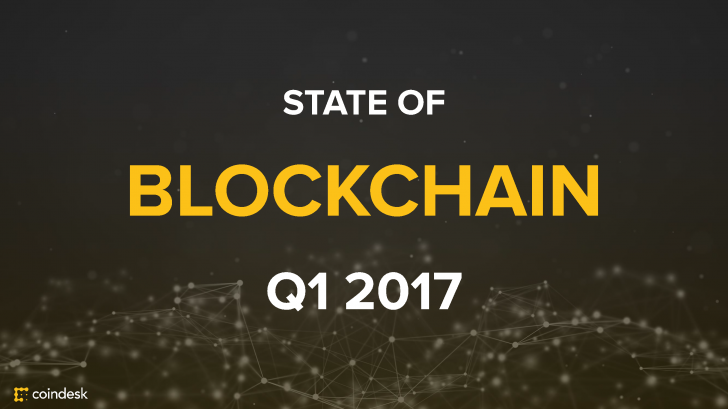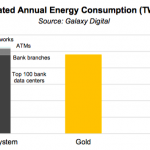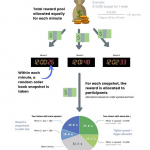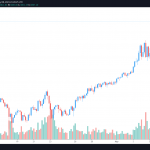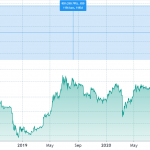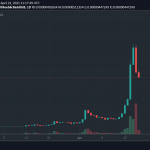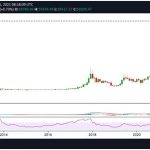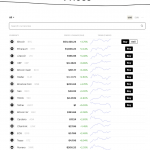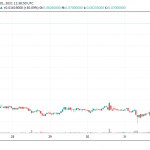This article highlights findings from CoinDesk Research’s new Q1 2017 State of Blockchain report, focusing on data around the growth of bitcoin’s blockchain.
Click here to view the slides in your browser.
Click here to download the slides as a PDF.
Born from math, bitcoin is a game of numbers.
Transactions have a size of ~500 bytes, blocks are limited to 1 MB and blocks can only be published after a puzzle is solved, a process that occurs via algorithm once every ~10 minutes.
The facts that underlie the current bitcoin protocol, set years before transactions could ever be called ‘expensive’, set the stage for the ‘scaling debate’ we’ve watched unfold ever since. Proposals have since developed to decrease transaction sizes, remove the block size limit and move transactions off of the main bitcoin blockchain, all in the name of boosting capacity.
Amid this indecision, the network itself has adapted.
As bitcoin miners can control the transactions they include in proposed blocks, and users can pay to have their transactions included, a fee market has developed to incentivize the inclusion of transactions into blocks.
Still, opinions on scaling solutions and alternate cryptocurrencies aside, objective data from the Q1 2017 tells a different story. Transaction numbers, block sizes and transaction fees on the bitcoin blockchain each reached all-time highs in the first quarter of 2017, proving the demand to use the network is now larger than ever.
Here’s a closer look at the situation in three charts:
1. Nearly 300k transactions occurred on the bitcoin blockchain every day

Transactions on the bitcoin network have grown consistently since inception, and over 40% since a year ago.
Future growth however is limited due to bitcoin’s current block size maximum and transaction size minimum, leading to a ceiling on the number of new transactions that can be added to its blockchain per day, one that bitcoin has now nearly reached.
2. Increased transactions lead bitcoin blocks to average 92% of their 1 MB capacity

Blocks have logically followed transactions to within bytes of their maximum capacity.
The pace has continued to increase as the year has progressed, and last month the daily average block size did not drop below 0.95 MB, leaving little to no room for transactions without considerable fees for miners.
3. Rising transaction volumes and block sizes lead fees to average over $.60 each

One of the aspects of the current state of bitcoin most dear to the community and the experience of any future user is transaction fees.
Not too many years ago, transactions on the bitcoin network were called ‘free’ or ‘near free’ and paying a fee was truly seen as optional. In the first quarter of 2017, however, average transaction fees grew 155% to $0.62, and began to rise at an increasing pace at quarter end.
On 7th June, fees averaged over $5.00.
Conclusion
Without a doubt, the bitcoin network is now more congested than ever.
Transaction numbers and block sizes are up against their limits and fees have reached unprecedented levels. As such, some of the major proposals are making an effort to mitigate user cost. Others argue that this is a sign of health and interest in the network.
While it’s too soon to know which vision for the network will play out, the support, execution and timing of any action will markedly effect the future of transaction numbers, fees, decentralization, user growth, alternative blockchains and the entire industry.
View CoinDesk Research’s full Q1 2017 State of Blockchain for more analysis on the bitcoin network as well as the results of our bitcoin and ethereum sentiment survey.
Clogged sink image via Shutterstock

